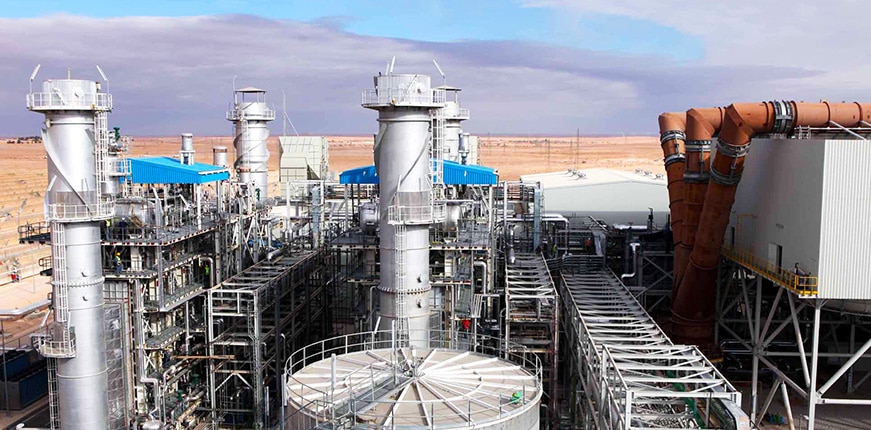
OSHA’s Hazard Communication Standard and Upcoming Changes
OSHA’s Spring 2019 regulatory agenda indicated that the notice of proposed rulemaking (NPRM) for updating the Hazard Communication Standard (HCS), 29 CFR 1910.1200, to the Globally Harmonized System of Classification and Labeling of Chemicals (GHS) Version 7 is expected in December 2019. The 2012 update of the HCS was based on GHS Version 3, so facilities can expect numerous changes to the HCS to align with GHS Versions 4 – 7 and to codify enforcement policies that have been issued by OSHA since the issuance of HCS 2012.
Examples of changes to the GHS since HCS 2012 that may (or may not) be incorporated into the amended HCS include:
- New physical hazard categories;
- Clarification of criteria to assist in the hazard classification processes;
- New test methods for oxidizing solids;
- Provisions meant to clarify the criteria for some hazard classes for determining if a chemical is within that hazard class;
- Revised and simplified classification and labeling summary tables;
- New codification system for hazard pictograms;
- New hazard class for desensitized explosives, unstable gases and non-flammable aerosols;
- New hazard category for pyrophoric gases;
- Changes to categories for flammable gases;
- Additional information to be included in Section 9 and Section 14 of safety data sheets (SDSs); and
- Updates to some health hazard class definitions for clarity.
The HCS has been #2 on OSHA’s Top Ten list for most violated standards for the last five years, and that is not likely to change with the pending updates to the HCS. This may lead companies to try to get a jump start on complying with the new requirements in advance of the rulemaking, but this should be avoided. OSHA has not indicated which elements of the updated GHS it will adopt, and making changes on what might occur could cause noncompliance with the current HCS. Manufacturers and importers cannot begin making changes to SDSs and container labels until the new rule is finalized, since rule modifications regarding hazard classifications and labeling are still unknown. If the 2012 update to the HCS is any indication, the final rule will be issued with a timeline of compliance that will give a significant amount of time for companies to achieve compliance with the amended HCS.
So, what can you do now to prepare for the HCS changes? The key is to ensure compliance with the current HCS prior to issuance of the amended HCS. Manufacturers and importers can review hazard classifications, SDSs, and container labels to make sure they are compliant with current requirements. Employers that are end users of chemicals can perform the below steps to verify compliance with HCS 2012:
- Review your chemical inventory to ensure all facility chemicals are included and are listed in a manner that allows easy cross-reference to the correct SDS;
- Review SDSs to make sure you have an SDS for all chemicals located at your facility;
- Review SDSs to make sure they are the most current version issued by the manufacturer;
- Obtain SDSs for any chemical without an SDS or for chemicals with outdated SDSs;
- Check systems and procedures to make sure all employees have ready access to SDSs, including in the event of a power failure if SDS access is electronic;
- Check systems and procedures to make sure they are effective in managing hazard communication requirements for contract workers and temporary employees;
- Review workplace container labels to make sure that all required information is depicted on labels and that labels meet requirements for durability, legibility and visibility;
- Review your Hazard Communication Plan (HCP) to make sure that all OSHA-required elements are addressed in the HCP;
- Review your HCP to make sure that it accurately reflects facility operations and chemicals, and that it is being implemented as required; and
- Review training programs to make sure all required training elements are included, that the training is adequate and appropriate to the hazards that exist at the facility, and that all employees have received the required training.
Employee safety is one of the top priorities of the HCS, and your compliance with the HCS helps ensure employees are aware of the hazards to which they may be exposed and how to protect themselves from those hazards. If you need assistance ensuring the safety of your employees or completing any of the above steps, contact VBA Compliance Assurance. Our safety professionals can review your hazard communication program, chemical management and OSHA compliance and help you implement any necessary measures to support continued safety compliance.
